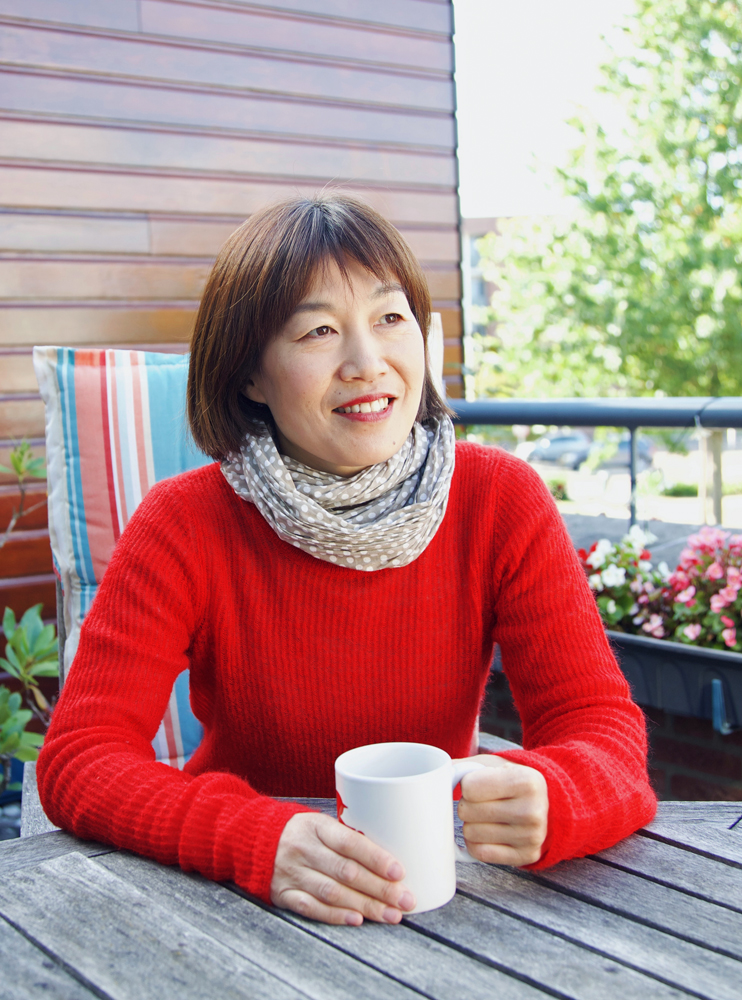
Japanese writer and publicist based in Eindhoven, The Netherlands
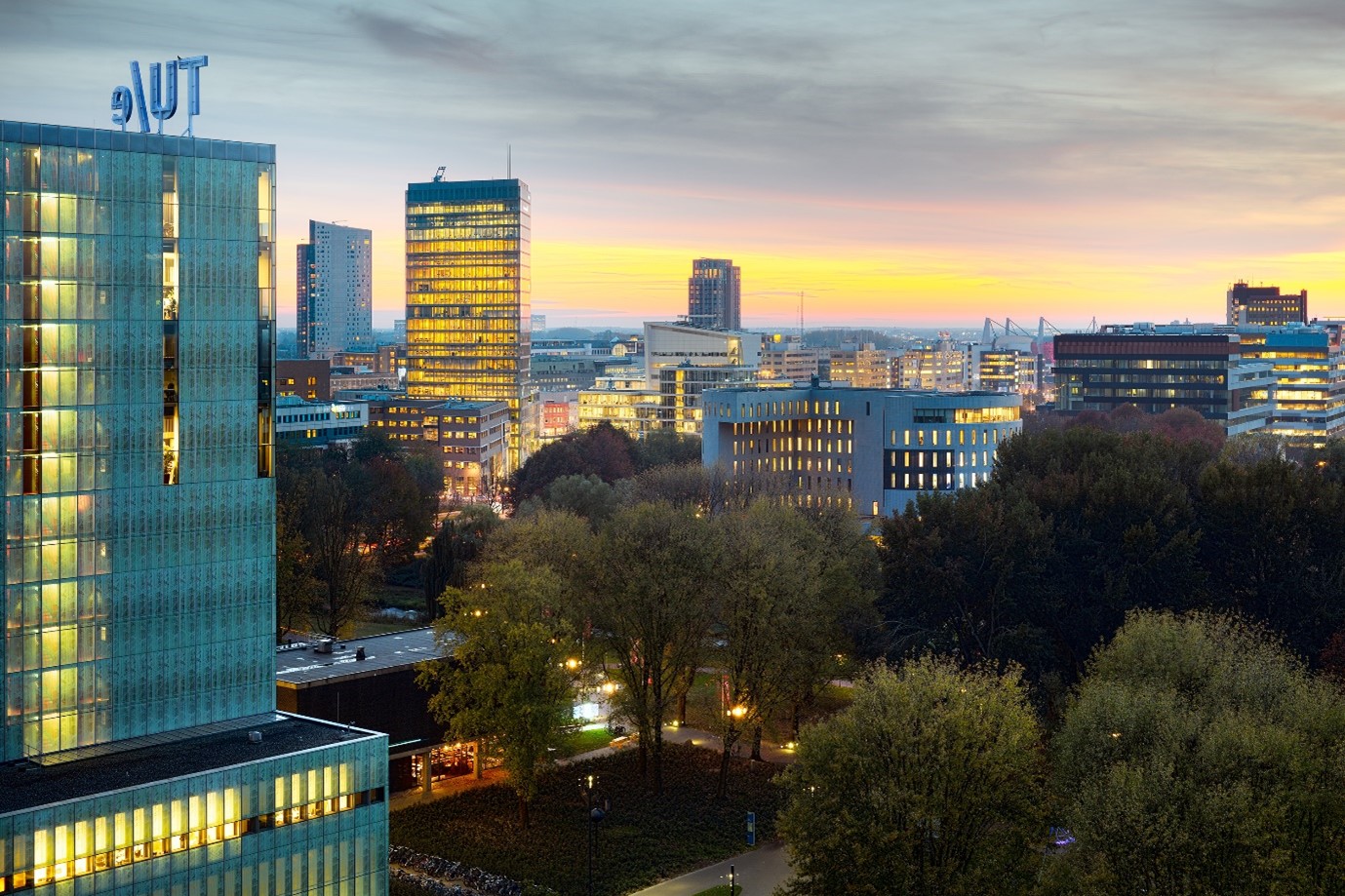 ©Bart van Overbeeke
©Bart van Overbeeke
If you think about the Netherlands, the first places which come up in your mind may be the north-western cities such as Amsterdam and Rotterdam, but when it comes to cutting-edge technology, the southern province of Brabant is well known in the country. The province has developed into one of Europe's leading high-tech centers, led by electrical and medical equipment manufacturer, Philips.
The culture of open innovation that Philips has built is one of the state's greatest strengths. Within the ecosystem created by the government, companies and research institutes, a number of start-ups are emerging to provide sustainable solutions for the next generation of energy, healthcare and automotives.
Two institutions play important roles in this ecosystem; Holst Centre and Brabant Development Agency (Brabantse Ontwikkelings Maatschappij: BOM).
.jpg?width=4256&height=2832&name=HTC31AtSunset%20(10).jpg)
Holst Centre, a research institute based in 'High Tech Campus Eindhoven' in Brabant (Photo: Holst Centre)
"Our role is like a 'spider in the web'", Jeroen van den Brand, Manager of Printed Electronics department of Holst Centre, a research institute that is driving innovation in Brabant, explains the role of the centre in the ecosystem.
“We build a nest around a big goal, capturing and connecting the different stakeholders such as end-users, materials companies, equipment manufacturers, universities etc.” (van den Brand)
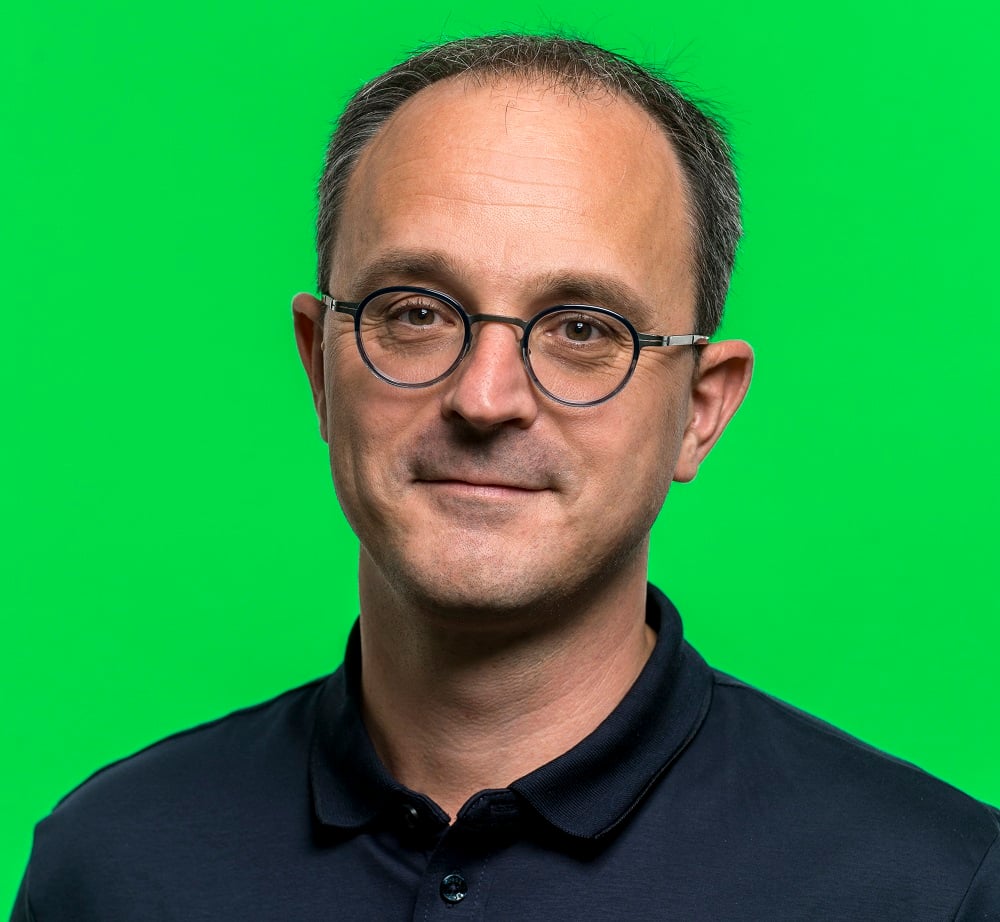
Jeroen van den Brand, Manager of Printed Electronics department, Holst Centre (Photo: TNO Holst Centre)
These stakeholders include a number of Japanese companies, such as Panasonic Corporation and Murata Manufacturing. The institute has developed various prototypes in the field of flexible and wireless electronics in collaboration with Japanese companies. The accumulation of these R&D efforts resulted in the spin-off of the start-up company called ‘TracXon’ in January 2022.
From this autumn, TracXon will be the first company in the world to start mass production of hybrid printed electronics (HPE: electronic devices made by printing electrical circuits and sensors on flexible film, combined with components such as chips and LEDs made from semiconducting and other materials) developed at TNO Holst Centre.
“What we learned while working with customers to build prototypes was that it was very difficult to find a company with the high-level technology to manufacture them. That's why we decided to create our own start-up" (van den Brand)
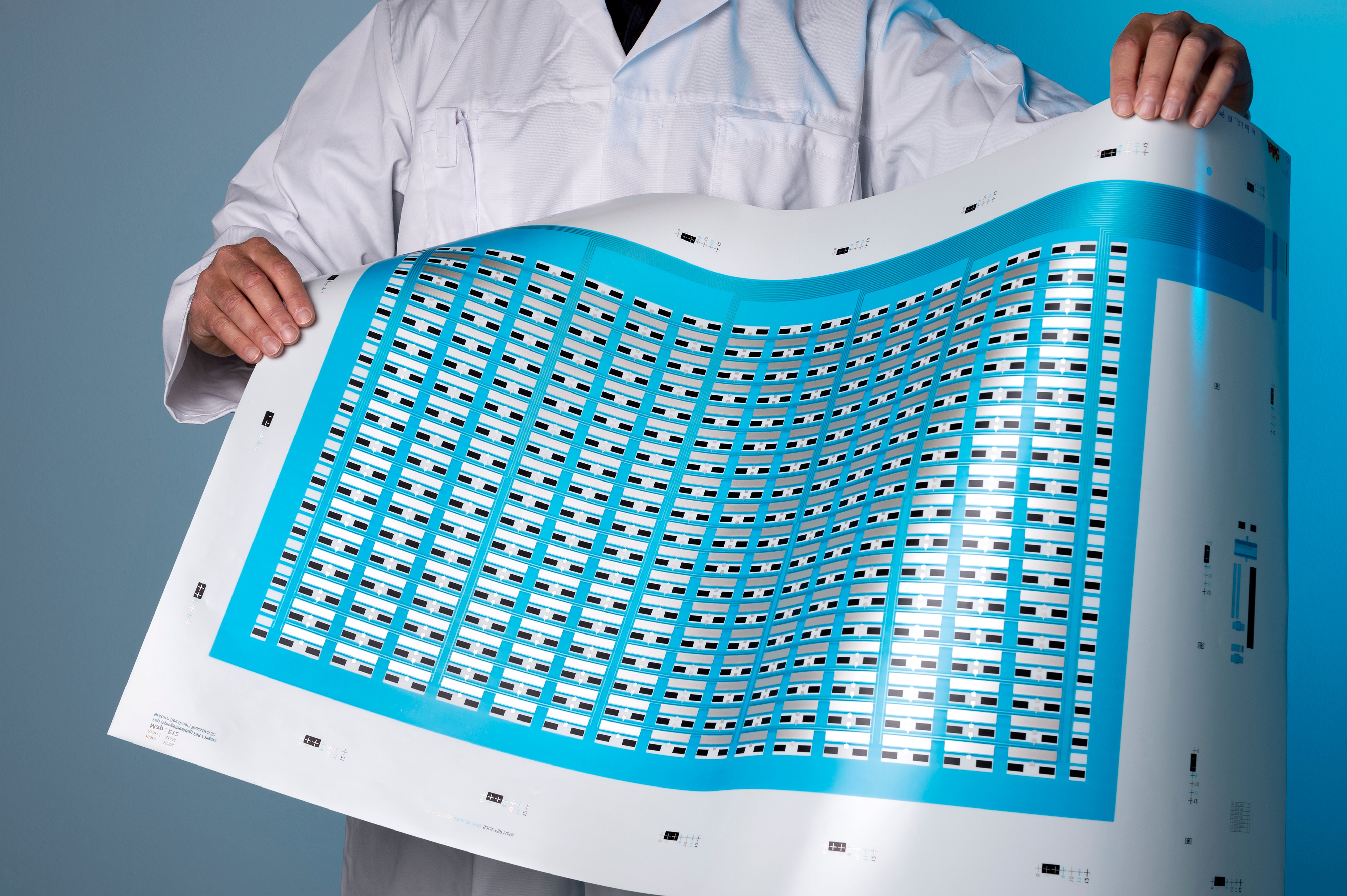
Large area printed electronics. Electrical circuits and sensors are printed on a flexible film (Photo: TNO at Holst Centre).
Another spin-off company, ‘FononTech’, was also established from Holst Centre last year. The company has used the printing know-how of the centre to develop a new printing technology using heat. These start-ups boast sustainable technology.
'Printed circuit boards (PCBs), which are used in everything from small IoT devices to servers, medical equipment, industrial robots and cars, are currently very difficult to recycle and use a lot of materials that are not good for the environment. The electrical circuits on PCBs are also very wasteful, as the substrate is covered with copper and then it is removed using chemicals until a pattern is obtained, which is a subtractive process. However, our 'additive manufacturing printing' adds only what is needed to the substrate and it is expected as a new type of sustainable PCB" explains van den Brand.
The institute aims for fully circular HPE, using bio-based and biodegradable materials for the substrate film, and it has also developed and patented a technology to separate the silver on the film and re-use it.
Holst Centre's current focus as a next-generation technology is '3D printed electronics'. Flexible and printed electronics have been '2D', but using the same materials and the same printing technology, 3D printer is used to create a three-dimensional structure by making layers of resin and embedding electrical circuits and components.
“This gives us more freedom in the three-dimensional design of the chip, allowing us to efficiently embed electrical circuits and components in a smaller area. This can be applied to more complex products with more functions” (van den Brand)
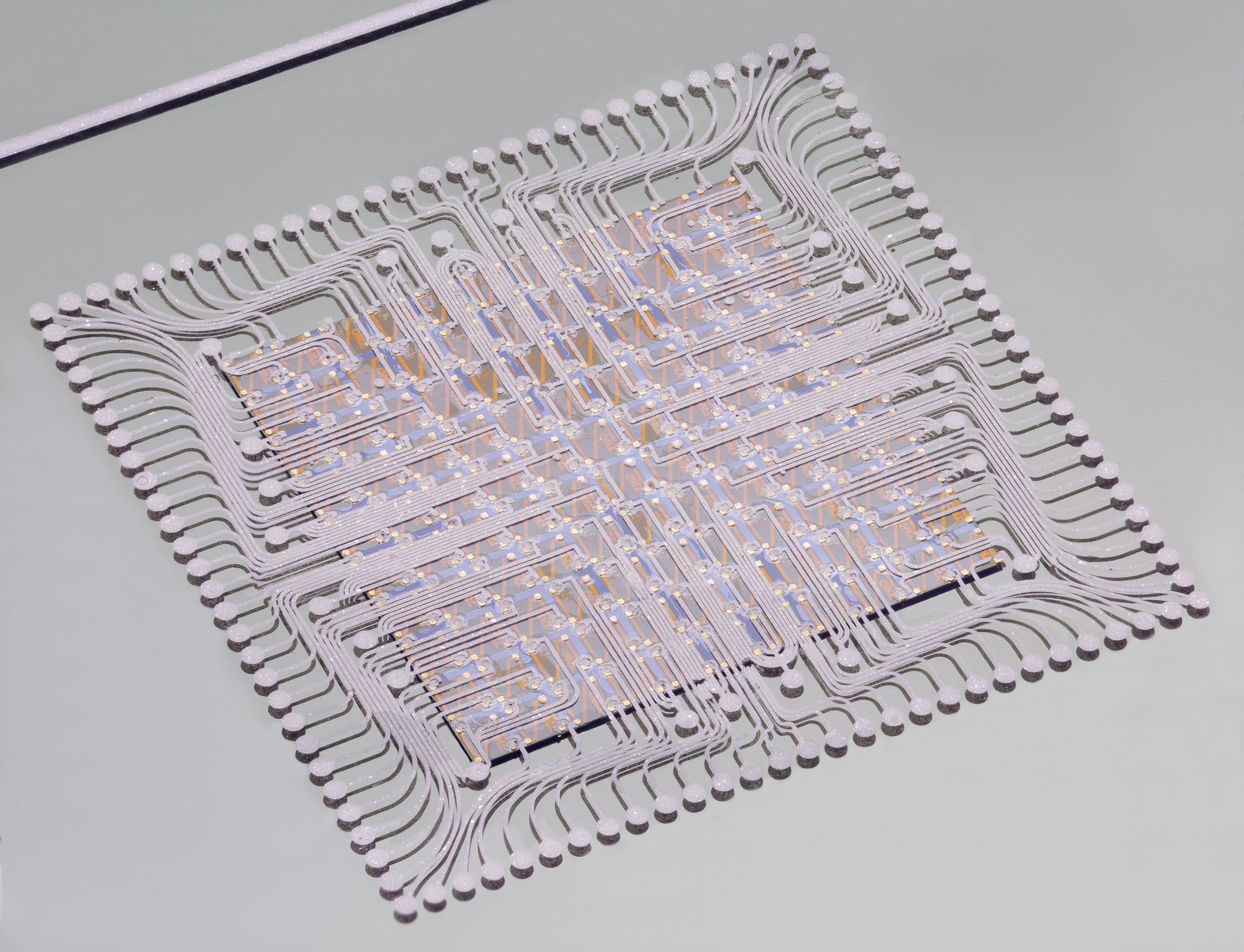
3D printed chip package. The chip is embedded below the surface and the printed interconnecting lines are on top (Photo: TNO Holst Centre)
As our electronic products become smaller and more multifunctional, the semiconductor industry is faced with the challenge of how to place more components and electrical circuits in a smaller space, and 3D printed electronics is expected to be the solution. Potential applications for this technology include surgical tools with sensors and defense products for monitoring and controlling ammunition, but there are many other possibilities.
“Even when 2D HPE was created, we didn't know what to do with it. But later, various products have been developed in cooperation with partners, such as Health Patch that can be worn directly on the skin and sensor mat that can be integrated into floors, beds, and etc. So we are now looking for end-users who would say, 'Can we do this?’. Because this technology is still under development, we also need cooperation from materials companies who can develop special materials and equipment manufacturers", van den Brand urges.
Just as HPE's technology matured and a start-up was created, a 3D printed electronics start-up may be born in years to come.
These local start-ups and scale-ups are supported by Brabant Development Agency (BOM) with funding, know-how and networking. BOM is a government institution funded by the Brabant Provincial Government and the Dutch Ministry of Economic Affairs and Climate Policy, and it plays a central role in the province's ecosystem.
The BOM's three core competences are (i) funding start-ups and scale-ups, (ii) delivering innovation programs and (iii) internationalization.
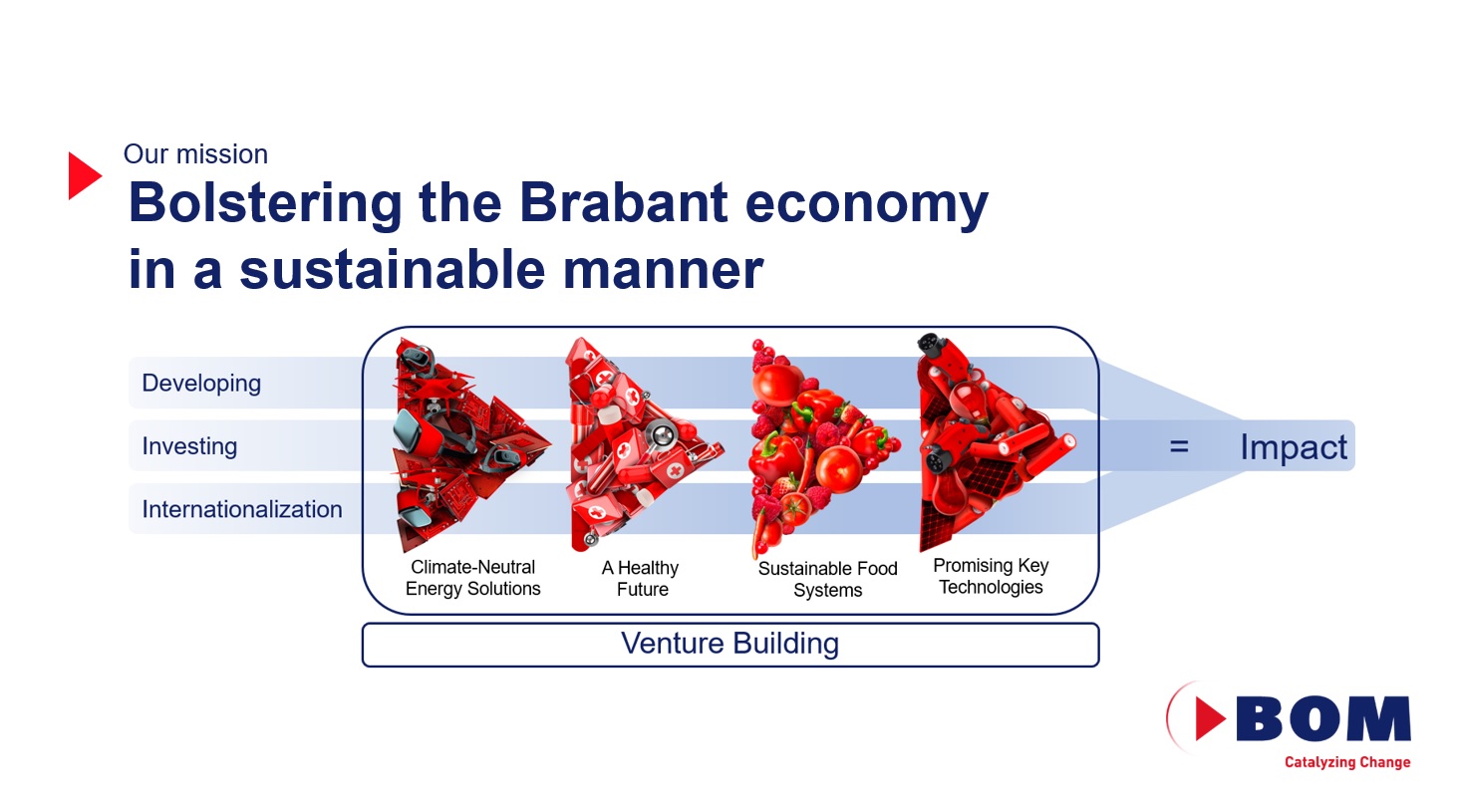
The BOM focuses on four key themes and offers services to build a sustainable future with three core competences (Source: BOM)
'We are drivers of innovation. We work with universities, research institutions, governments and companies to discuss where to create new things and make a difference to society. In addition to providing financial support for new businesses, our innovation programs provide start-ups and scale-ups how to develop business models and enter markets. In the export acceleration program, we help companies to find the right markets and understand the market demand. At the same time, attracting foreign companies to the Brabant region and supporting them is also our important task." Eelko Brinkhoff, Director of Foreign Investment and International Trade at BOM, explains the agency's role.
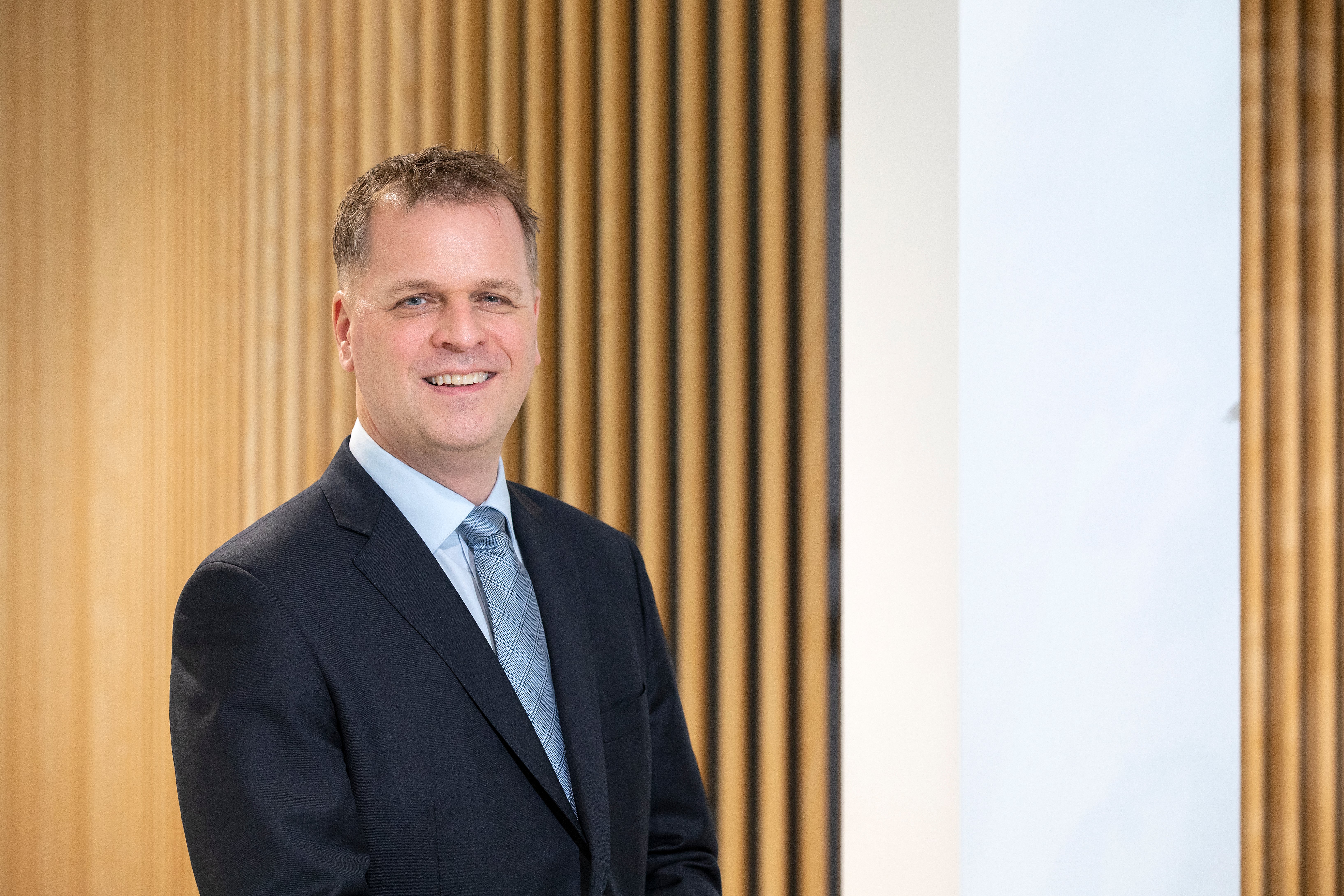
Eelko Brinkhoff, Director of Foreign Investment and International Trade at BOM (Photo: BOM)
Around the three core competences, the BOM focuses on four themes: 1) climate-neutral energy solutions, 2) healthy future, 3) sustainable food systems and 4) promising key technologies (including semiconductors, photonics and nanotechnologies etc.).
“90% of the portfolio companies we work with relate to these four themes, and by combining our three core competencies to solve these four challenges, we believe we can make a difference to the future' (Brinkhoff)
Many developed countries, including Japan, are working on 'industry-government-academia collaboration' for innovation, but the Brabant region is one of the most successful examples of how it really works, which has attracted worldwide interest.
'The spirit of mutual cooperation is part of Philips' legacy. Philips has taken responsibility for the local community around the company; hospitals, housing and sports parks etc., and the whole region developed with the company. When it comes to business, there is also an attitude of seeking solutions together with other companies such as suppliers. When the company went into financial difficulties in the early 1990s, the whole region fell into crisis. Then the local government, companies and universities cooperated for the recovery, and it miraculously helped Philips and the community get back on its feet. Since then, cooperation has become part of the region's DNA" (Brinkhoff)
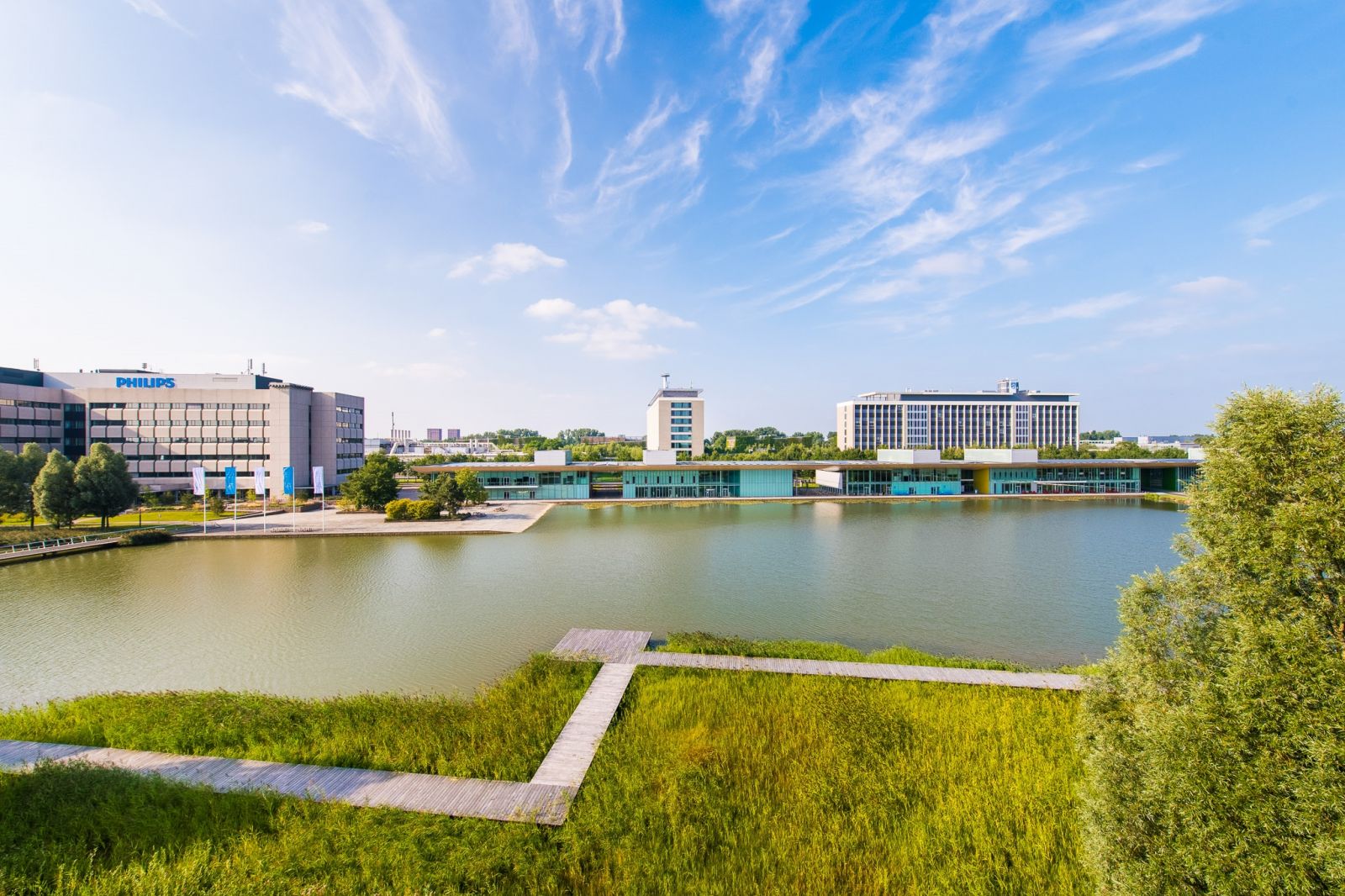
'High Tech Campus Eindhoven' is one of the innovation hubs in Brabant. It is located 15 minutes by bicycle from the city center (Photo: High Tech Campus Eindhoven)
The home to Philips' research institute, 'High Tech Campus Eindhoven', was opened up to other companies and research institutions in 2003. It is now run by a third party independent of Philips and serves as one of Europe's leading innovation hubs with more than 280 companies worldwide and 12,500 researchers from 100 countries. In addition to this campus, there are a number of other innovation hubs in Brabant, including ‘Automotive Campus’ and ‘Brainport Industries Campus (BIC)’.
"Companies and research institutes are physically close to each other, each working on their own innovation programs. But they don't automatically get to know each other or keep an eye on others' technologies, even though they are on the same campus. That's where we support them and together we are building a community" (Brinkhoff)
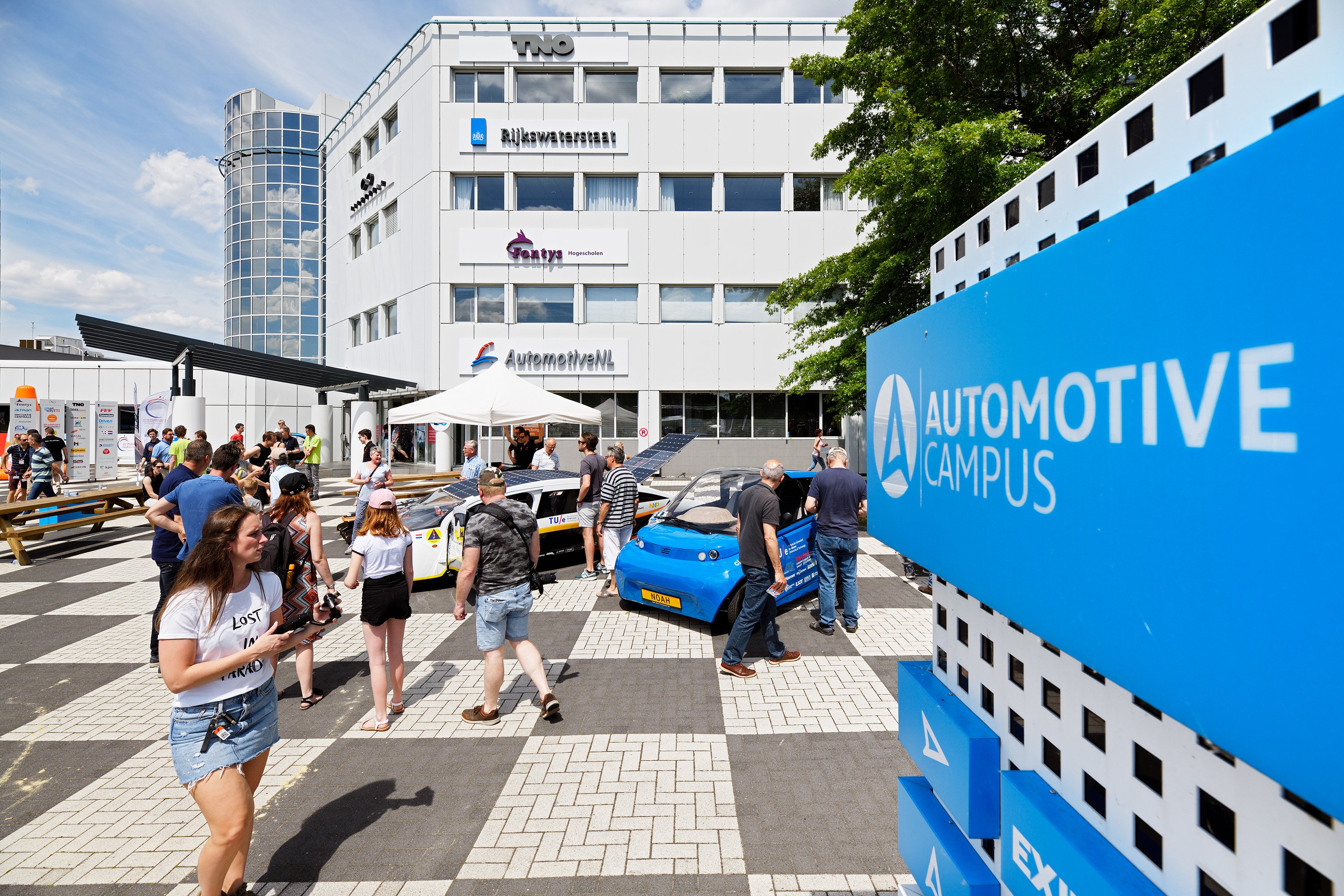
Automotive Campus located in Helmond, Brabant. Various universities, companies and research institutes gather here to carry out research and development on the next-generation automotives. ©Bart van Overbeeke
The community is not only made up of local stakeholders. Many foreign companies, including Japanese companies, are also important stakeholders.
"The Netherlands is a small country, so we always look abroad. With all the difficult social challenges we face, we don't think we can do everything on our own. We can build a better ecosystem when foreign companies are part of it" (Brinkhoff)
The message of the Brabant region is: “Brabant is Bright!” Based on the tradition of mutual help, the region would like to cooperate with Japanese companies and academic institutions.
Brinkhoff said, "We want to connect Dutch start-ups and academic institutions with Japanese companies. And if you could come to us, we will connect you to the right partners to develop your business and technology and provide you with the right location. We are waiting for you with the red carpet ready"
Sign up for Brabant Innovation Days
BOM contact: ebrinkhoff@bom.nl
Holst Centre contact: contact@holstcentre.com